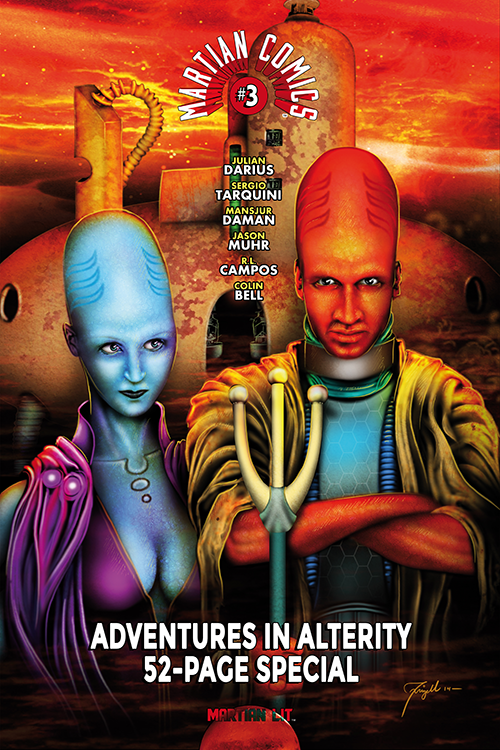(The following article by Mario Ribeiro first appeared at Sequart.org on 5/5/2016 as “They Were Lost in Space-Time and Then They Found God.” It is presented here with his permission.)
Written by Steve Englehart and drawn by Al Milgrom, the Lost in Space-Time saga ran from West Coast Avengers #17 to 24. The real meat is between 18-23, with the others serving as a prologue and an epilogue. Now, before we go any further, keep in mind that this was published in 1987. For modern readers, mainstream superhero comics from the eighties, with very few exceptions (Moore, Miller, Morrison) are old-fashioned and childish with terrible writing (exclamation points, thought balloons, tons of exposition, obvious plots, unrealistic dialogue) and crude, ugly, lazy art. Vanilla heroes fighting cardboard villains, with no depth or subtlety. They are silly, I get it, that’s exactly how we felt back in the eighties about Silver Age comics and that’s how readers in 2046 will feel about today’s comics. But, whenever they come from, if we accept them on their terms we can often find incredible beauty in execution and ideas.
Accepting them on their own terms doesn’t mean accepting them unconditionally. Lost in Space-Time has many flaws, and I won’t enumerate them all. Suffice to say that the first issue (17) is pretty bad, even for its time. The text clashes with the art more than once, one of the villains is Cactus (“he causes fear in every other living thing”) and the main plot is basically filling till the last three pages, when the real story actually begins.
But, before we move forward, we must provide some context. The West Coast Avengers, lovingly called Whackos, consisted of newlyweds Hawkeye (the group’s chairman) and Mockingbird, plus Iron Man, Tigra and Wonder Man. Hank Pym, looking for redemption after the Trial of Yellowjacket storyline, didn’t join the team, but lived in the compound in civilian capacity, doing scientific research and some house-keeping. The Thing and Espirita (then still called Firebird) were candidates for the sixth slot, but neither joined the team.
What is missing from the first 16 issues is the big concept. It is a good read, but the fights against uneventful villains like Ultron, Master Pandemonium and Graviton are not that exciting. Still, Englehart and Milgrom do wonders with their characters, particularly Wonder Man, Tigra and Hank Pym. Wonder Man finds the confidence to be a real hero when he overcomes his fear of death; Tigra finds confidence and a tail as her personalities are merged and she regains control of herself; and Hank sees no other choice but to kill himself. And then it’s time for the big concept.
Continue reading “This is the Avengers, not the God Squad!” (Sequart.org)



 In this third and final installment of
In this third and final installment of 
